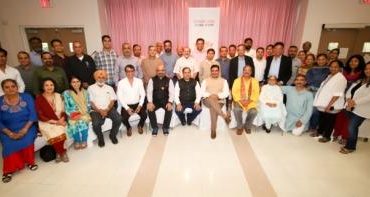Sleep is an essential part of life but for many long-term care residents, health conditions often wreak havoc on their quality of sleep. When people aren’t sleeping well, they’re more likely to get up at night and fall, which can cause serious injuries.
To help reduce fall-related injuries, Fraser Health, in partnership with the Coordinated Accessible National (CAN) Health Network, is installing sleep monitoring devices in three long-term care homes. The devices fit under the foot or wheel of the bed and track and record vital signs and the different stages of sleep. They also provide individualized alerts to staff when residents are getting out of bed, or have been out of bed for some time, so the staff can intervene if needed.
“With the system you can look up 100 residents at a long-term care site and see that 60 residents are sleeping, 20 are in-bed and awake and 20 are out of bed, making it easier for staff to respond and assist without waking those who are asleep,” says Kirsten Rossiter, regional practice lead, Research and Knowledge Translation in long-term care. “The alarms can also be individualized, so for a low-risk resident that might mean it goes off after 10 or 15 minutes after they’ve been out of bed.”
![]()
The system uses artificial intelligence and proprietary algorithms to create individualized sleep scores, which in turn can help inform clinical decision-making. For example, if a resident is frequently getting up at night, a primary care provider might consider cutting back on medications like diuretics or anti-psychotics. With detailed insights into sleep patterns, care providers can implement targeted sleep hygiene interventions, such as adjusting lighting, reducing noise or modifying daily routines.
According to the Canadian Geriatrics Journal, approximately 50 per cent of all residents in Canadian long-term care homes fall each year. And of those residents, 40 per cent will fall two or more times. In addition to serious injuries, falls can lead to significant financial costs with transfers to acute care, extended hospital stays and substantial care team resources.
The new technology is funded as part of a commercialization project with the CAN Health Network and Tochtech Technologies, the developer of the Toch Sleepsense fall prevention and health emergency alert monitor. Through its partnership with CAN Health, Fraser Health will evaluate the effectiveness from resident and staffing perspectives.




